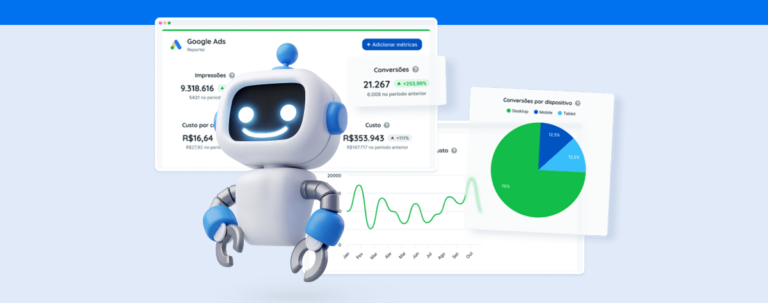More than just producing social media content and posting regularly, you need to analyze the results of your activities. That’s when you gain valuable insights that help you improve strategies. You can do that for your Twitter profile by using Twitter Analytics.
In this article, we’ll cover everything you need to know about this tool and how it can help if you want your Twitter profile to stand out. Keep reading!
What is Twitter Analytics?
Twitter Analytics is a free Twitter analysis tool. It gives a user access to the performance of their content, helping them get to know the audience that interacts with their profile.
Using Twitter Analytics gives you access to:
- info on your audience;
- reach and engagement metrics of your profile;
- performance of each tweet;
- Ad performance;
- insights on high engagement content.
From this sneak peek, I’m sure you can tell that Twitter Analytics is a relevant tool for anyone who wants to build a strong, more strategic presence on Twitter, right?
How does Twitter Analytics work?
This article will show you how to use Twitter Analytics if you use Twitter regularly for your own business or clients. Find out which metrics you can monitor and how to gain key insights. Check it out!
Available metrics
There are two ways to access results on the Twitter Analytics panel. The first is an overview that shows your profile’s performance. The second is for monitoring the performance of each sent tweet.
Here are the metrics you can access and analyze:
- Total number of tweets you sent;
- Total number of tweet impressions (in other words, the number of times your tweets were seen);
- Profile visits;
- Number of @ mentions;
- Total number of followers and followers you gained monthly.
You can also view featured tweets of the month, tweets with featured media, and the most relevant mention and most popular follower.
For individual tweets, you can access:
- Impression charts (blue bars) and tweets of the month (grey bars);
- Impressions, engagement, and engagement rate of every tweet;
- On the right side, you can check out the monthly impression average, interaction rates, clicks, retweets, likes, and replies.
There is also a special tab for analyzing the videos you sent. You can see views, completion rate, watch time, and average watch time per day.
Analyzing Ad campaigns
If you work with ads on Twitter, this analytics tool will also give you data on the results of your campaigns and promoted tweets.
You can analyze your performance through the following metrics:
- impressions on promoted tweets;
- results: ad-based user activity;
- result rate: number of results divided by the total number of impressions;
- cost per result (CPR).
Gaining Insights
Twitter Analytics data will keep you up to par on your higher-performing content and content that isn’t doing that great. Accessing featured tweets available on the Twitter Analytics main page makes it easy to monitor the causes of higher engagement and tweak your activities. Find out which formats (text or video, for example) have a higher impact and take advantage of features data on your followers for more interaction.
Create Twitter reports in 3 seconds
Now, you can also access your Twitter Analytics data through complete reports on Reportei! Reports are a hundred percent customizable, and you can adapt them to the needs of your client or decision-maker.
In every report, you’ll find all the main metrics covered in this article and can add analyses (in text, image, or video format) with your notes on events and any suggestions on the next steps of your project.
Another plus is that if you use other social media (like Facebook, Instagram, LinkedIn, and YouTube), you can compile all the results in one report. That makes for simple and direct communication with everyone involved.
This makes your digital performance analysis and strategic planning much more efficient!






